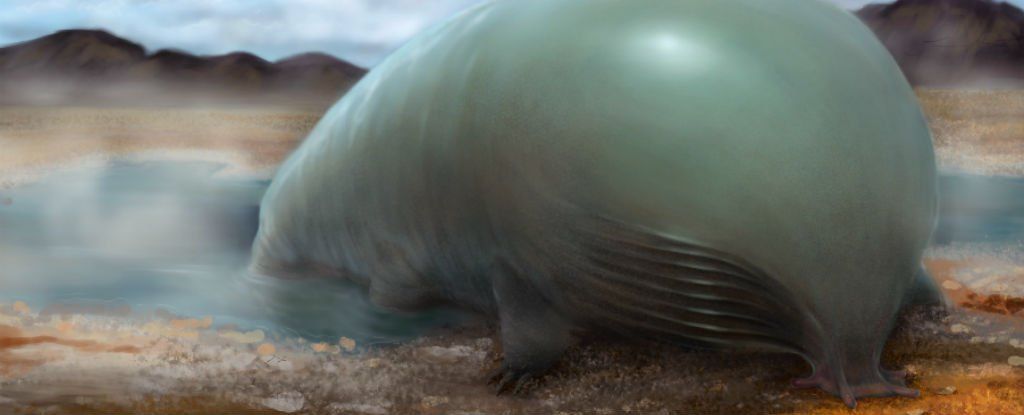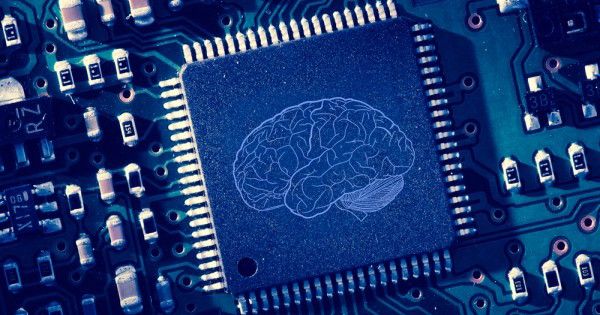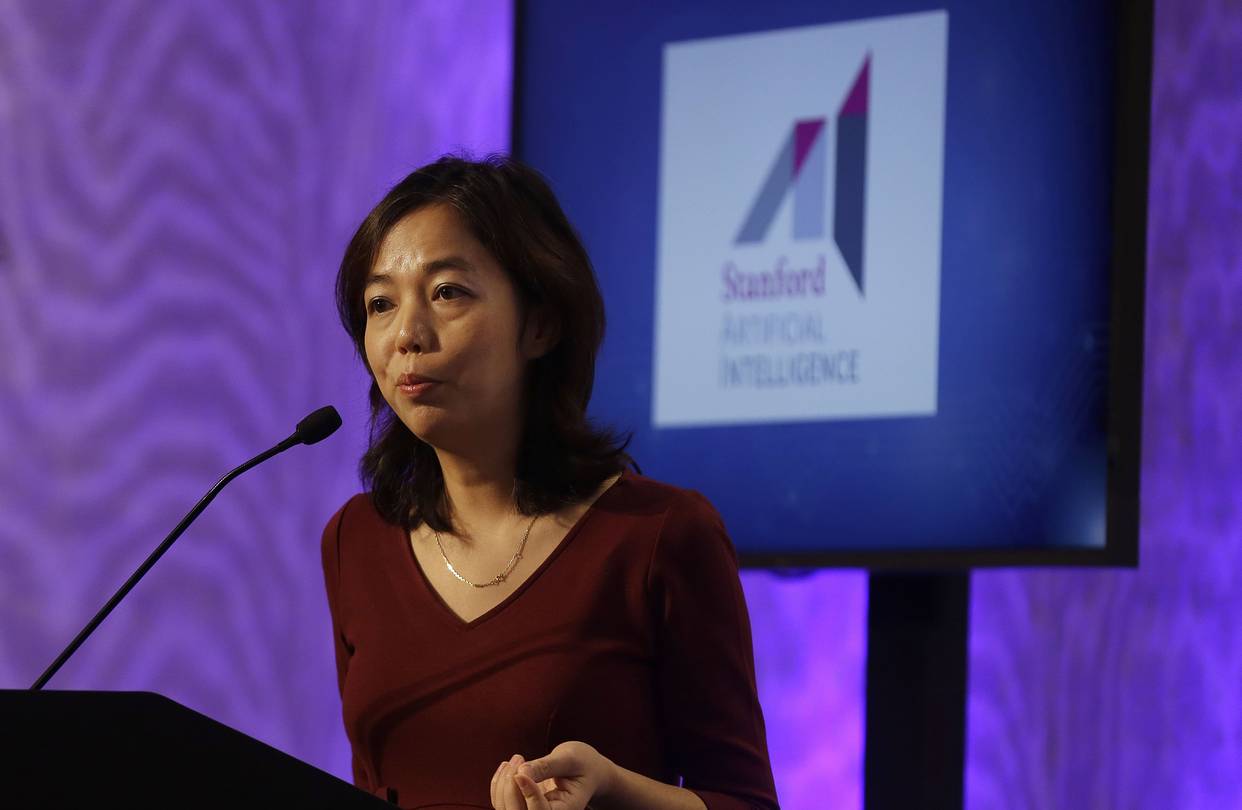Destroying and replacing the immune system is one of the approaches to treat the aging process.
Fightaging! provides some commentary about the immune system in relation to aging. Addressing the decline of the immune system is one of the approaches SRF is interested in and is a cornerstone of rejuvenation biotechnology.
“Understanding exactly how aging progressively harms the intricate choreography of the immune response is a massive project, and nowhere near completion. It is possible to judge how far along researchers are in this work by the side effect of the quality of therapies for autoimmune disease, which are malfunctions in immune configuration, and largely incurable at the present time. From a practical point of view, and as mentioned above, the best prospects for effective treatments in the near future involve destroying and recreating the immune system. That works around our comparative ignorance by removing all of the problems that researchers don’t understand in addition to ones that they do.”
#sens #aging







